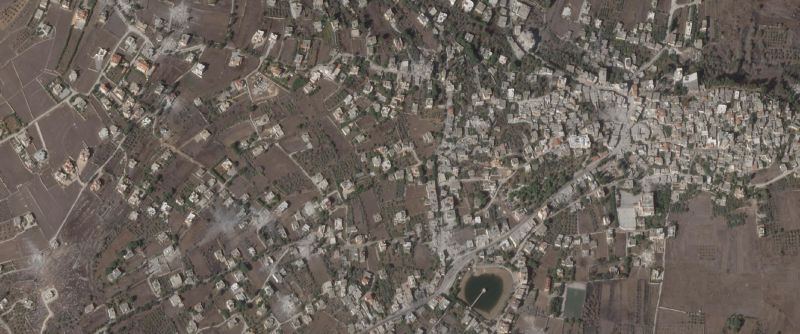The ceasefire agreement between Israel and Hezbollah is a major diplomatic breakthrough that follows 13 months of escalating conflict, upheaval and displacement in Lebanon.
It starts a 60-day truce that the US and other stakeholders hope will be permanent.
In that time, troops from both sides will retreat from southern Lebanon, while the Lebanese military and families who fled in recent months will move in.
But that is a complicated and delicate process that will be closely watched in the region and beyond.
During the 60-day period of the new agreement, Hezbollah fighters are expected to retreat 40 kilometers (25 miles) from the Israel-Lebanon border, while Israeli ground forces withdraw from Lebanese territory, clearing the buffer area designated in a UN Security Council Resolution in 2006.
That agreement, which formed the basis of Tuesday’s deal, stipulated that Israel must withdraw all its forces from southern Lebanon, and that the only armed groups present south of the Litani river should be the Lebanese military and UN peacekeeping forces.
Israel’s forces must retreat beyond the so-called Blue Line, a “line of withdrawal” established by the UN in 2000 following 18 years of Israeli military occupation in southern Lebanon. That boundary serves as the de facto border between the two countries.
Israel launched its ground incursion into Lebanon at the beginning of October, a drastic escalation of a conflict with Hezbollah that had been characterized by daily, tit-for-tat missile strikes over the border since Hamas’ October 7 attacks in southern Israel last year.
After weeks of deadly fighting across southern Lebanon, Israel’s soldiers reached the Litani river on Tuesday for the first time since their campaign began – a symbolic milestone in the conflict just hours before the truce was agreed.
Those troops will now withdraw back into Israel. But Israeli leaders have insisted that they will take military action in response to any breach of the agreement, a warning that could reignite the conflict if realized.
The ceasefire is expected to finally end a violent chapter in the decades-long conflict between Israel and Hezbollah, which erupted the day after October 7, when the Lebanese militants fired missiles across the border in solidarity with Hamas.
The ensuing 13 months saw daily cross-border strikes, and then near-constant volleys of missiles and rockets. Attacks ramped up in the summer, culminating in mid-September with a promise from Israeli Prime Minister Benjamin Netanyahu that his country would change the “balance of power” on its northern front.
Israel’s ground incursion followed on October 1, fully opening a new front of conflict in the Middle East. More than 3,000 people have been killed since Israel stepped up its campaign on September 16, according to Lebanese health ministry figures.
People in Lebanon will hope that Tuesday’s deal brings respite to a country that has suffered immense damage over the past year.
Israeli aerial attacks have focused on the southern border regions of Lebanon, but have hit targets in the center and the north as well.
They include the capital, Beirut, where explosions have torn through buildings and homes in recent weeks. Israel’s military bombed Beirut’s southern suburbs 20 times in two minutes in the hours before the deal, in one of the most intense bombardments since the start of the war.



























